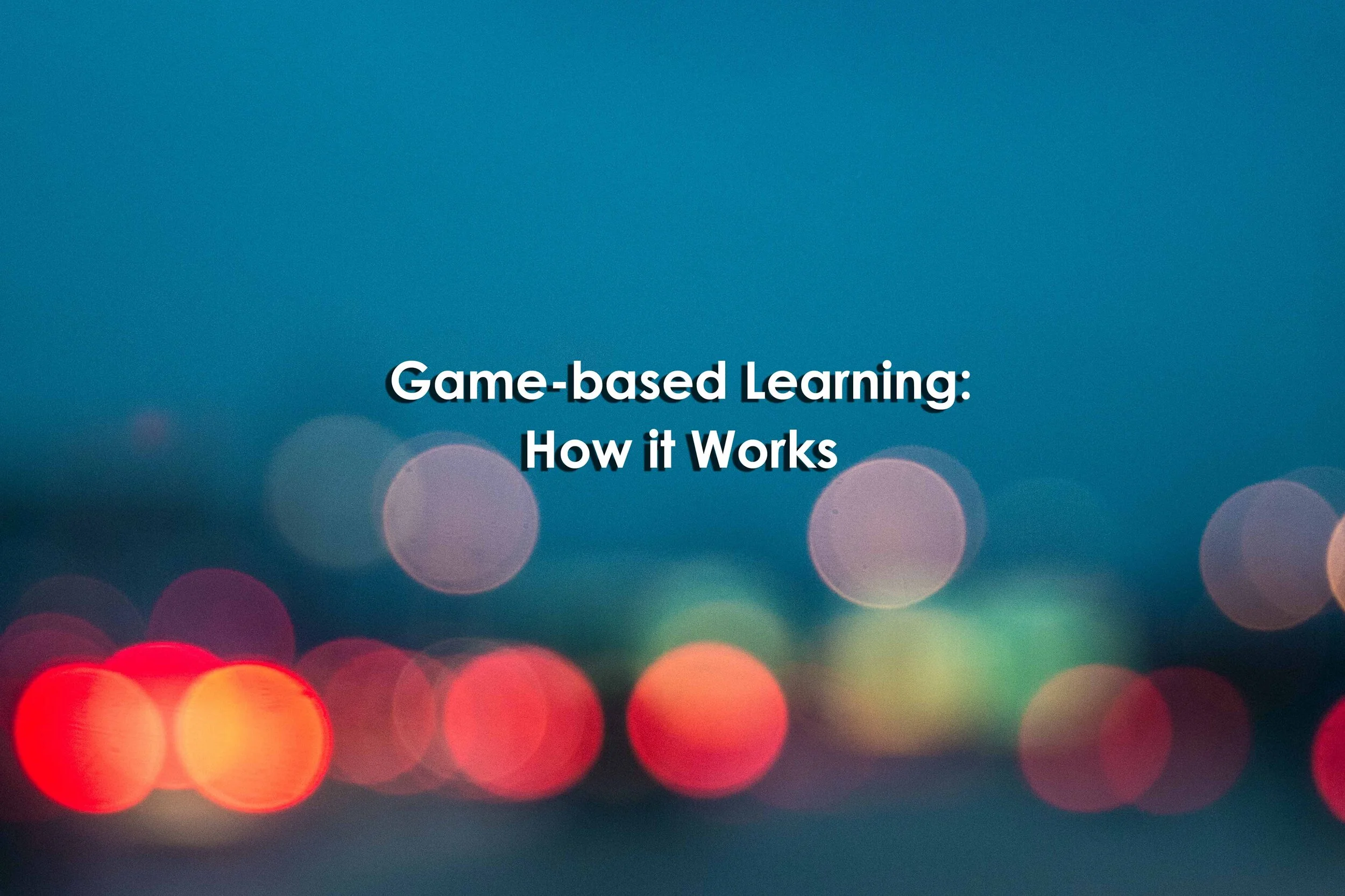Game-based Learning: How it Works
Game-based Learning: How it Works
Game-based Learning: How it Works
By Clayton Whittle
February 24, 2021
Summary
Whether you're interested in studying game-based learning as a teacher or a game developer, your first step should be understanding why and how games empower learning.
The Arguments for Game-based Learning Engagement At the top of most teachers' lists for why game-based learning works is probably going to be the most obvious answer: they can be engaging.
Too many times teachers fall into the trap of thinking a game is a learning tool without exactly what it's teaching.
Are they actually learning what you want them to or just learning how to play the game?
No matter how we talk about engagement, it's important to remember that being engaging doesn't automatically make a game a good learning tool!
Experiential Learning A lot of people, both industry and academia, will tell you that the conversation about games and learning changed when people started talking about experiential learning in games.
What is experiential learning and how do games provide it?
The argument boils down to the fact that learning by doing is almost always more effective than learning by being taught.
Playful Learning Machines Finally, game are playful learning machines by their nature.
Game-based Learning Design Frameworks There are a significant number of game design frameworks for game-based learning.
Reference
Whittle, C. (2021, February 24). Game-based learning: How it works - Nasaga games for Learning Blog. Retrieved May 28, 2021, from https://nasaga.org/game-based-learning-how-it-works/


